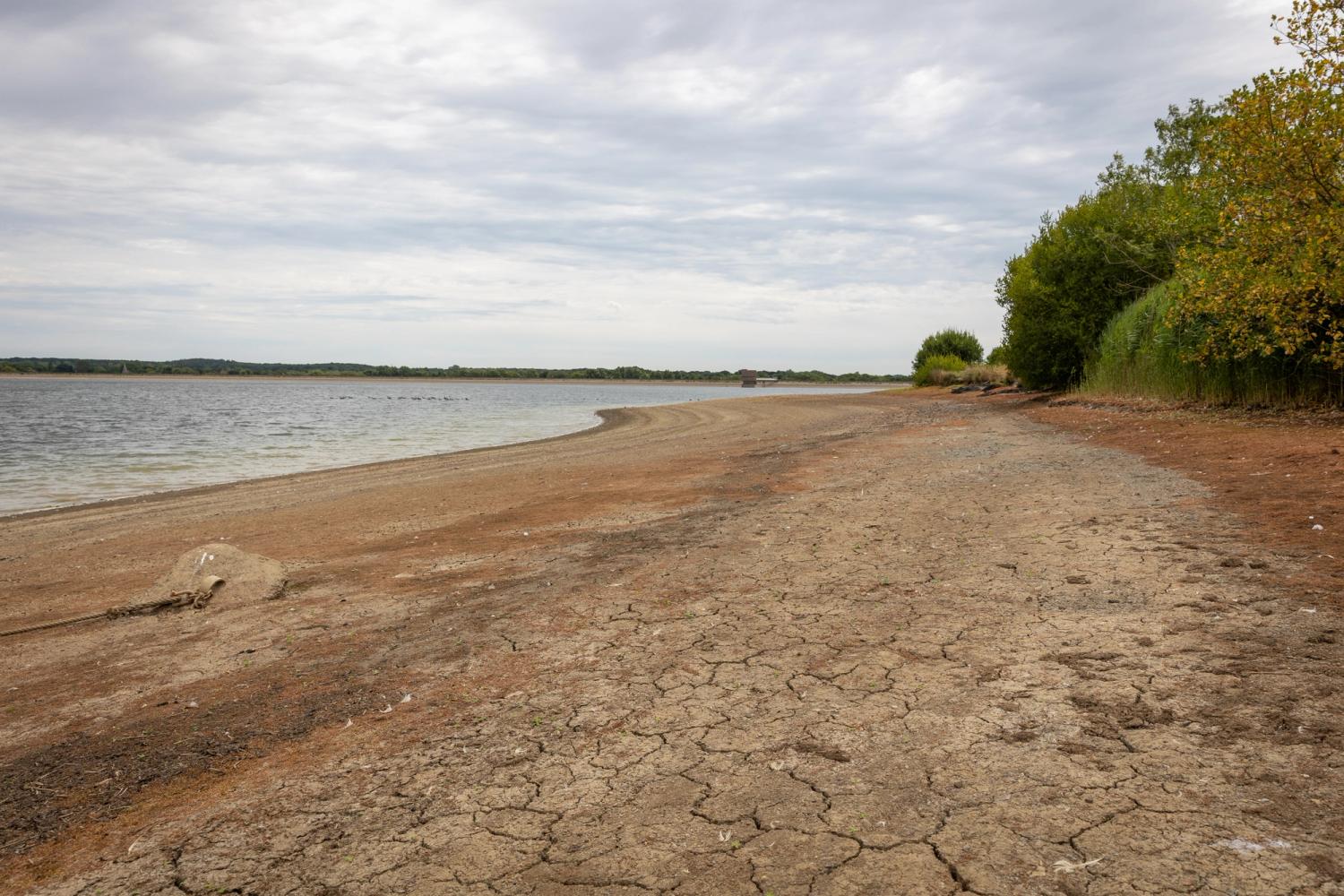To help us ensure there's enough water for everyone, we applied for a Drought Permit from the Environment Agency (EA), at our Ardingly reservoir. This has just been granted.
This will help in two ways:
- When river flows are high enough in the Upper Ouse, we can take water that is above the minimum threshold earlier than our licence allows (usually 1 November), to help refill Ardingly reservoir sooner.
- Our licence requires us to release a set amount of water into the Shell Brook (the stream) from the reservoir, because the reservoir by design holds water preventing a natural flow to the stream. This is called the compensation release. We can reduce the amount of this compensatory release to a quarter of what it is usually.
Why do we need to do this?
This year has been exceptionally dry, with England experiencing the driest spring since 1893 and hottest summer on record. The extremely dry weather and multiple heatwaves have had an impact on our water resources, and the rivers we take water from are running low. Our reservoirs are also much lower than we'd expect at this time of year.
A drop in temperature, and more wet weather than we have seen since January, has been a welcome shift. However, the natural water cycle and where your water comes from means water storage is not always as quick to react.
What we've done so far
We've worked hard to keep the taps flowing, by moving water around our network and finding and fixing leaks quicker than ever before. Since April, we have repaired 12,326 leaks, which is a 16 per cent increase on last year.
Our customers have also helped too, by being mindful of their water use where possible, thank you. We also enforced a hosepipe ban for customers in Kent and Sussex on 18 July, which has significantly reduced the demand for water, however it's still not enough.
What the water resources need
Usually we refill the surface reservoirs by taking water from local rivers (Ouse and Cuckmere). The rivers are still low and need a lot more rainfall to boost river flows.
So groundwater can replenish, the land above needs to be wet enough to allow rainfall to trickle through to the aquifers and this process can take months.
To fill Ardingly Reservoir at least 80 per cent of average rainfall is needed from now until February 2026.
What you can do to help
Hosepipe restrictions will stay in place, and we're continuing to ask that you use water for essential purposes only: drinking, washing and cooking. Thank you.
